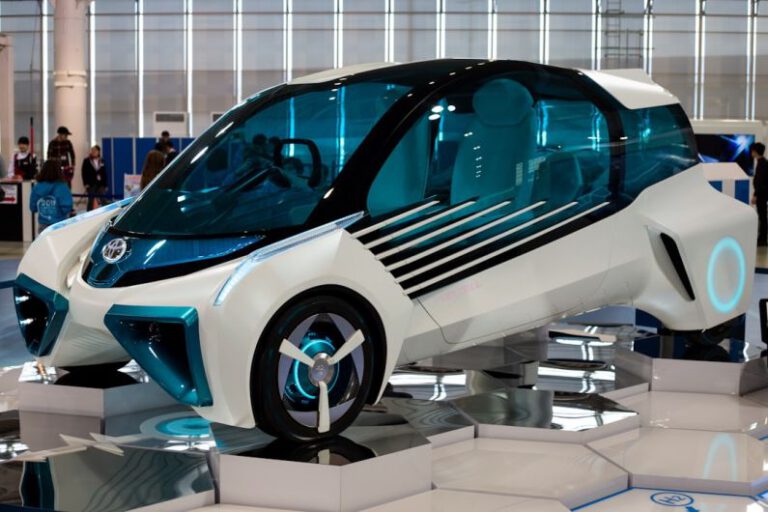Tidal Power: Harnessing the Ocean’s Energy
Harnessing the Ocean’s Energy: Tidal Power
The Earth’s oceans are vast and powerful bodies of water, constantly in motion due to the gravitational forces of the moon and the sun. This perpetual movement presents a unique opportunity to tap into a sustainable and renewable source of energy: tidal power. As the world continues to seek alternative energy sources to reduce reliance on fossil fuels and combat climate change, the potential of tidal power is gaining attention for its ability to generate clean electricity. Let’s delve into the world of tidal power and explore how it works, its benefits, and the challenges it faces.
Tidal Power Generation
Tidal power, also known as tidal energy, is a form of hydropower that converts the energy of tides into electricity. This process involves capturing the kinetic energy of the moving water as tides rise and fall. Tidal power can be harnessed through various technologies, with the most common being tidal stream systems and tidal range systems.
Tidal stream systems utilize underwater turbines similar to wind turbines to capture the kinetic energy of moving water currents. These turbines are placed in areas with strong tidal currents, such as channels between islands or along coastlines, where the flow of water is predictable and powerful. As the turbines spin, they generate electricity that can be transmitted to the grid for use by consumers.
Tidal range systems, on the other hand, harness the potential energy stored in the difference in water levels between high and low tides. This is typically achieved through the use of tidal barrages, which are large dams built across estuaries or bays. As the tide comes in, water is trapped behind the barrage, creating a height difference known as head. When the tide recedes, the stored water is released through turbines to generate electricity.
Benefits of Tidal Power
One of the key advantages of tidal power is its predictability. Unlike solar and wind energy, which are dependent on weather conditions, tides are driven by the gravitational forces of celestial bodies and follow a predictable pattern. This reliability makes tidal power a stable source of renewable energy that can complement other intermittent sources like solar and wind.
Tidal power also has a low environmental impact compared to traditional fossil fuel-based power plants. Unlike coal or natural gas plants, tidal power does not produce greenhouse gas emissions or air pollutants that contribute to climate change and air pollution. Additionally, tidal power projects can support marine ecosystems by providing artificial reefs for marine life to thrive.
Challenges and Future Outlook
Despite its potential, tidal power faces several challenges that have hindered its widespread adoption. The high upfront costs of tidal power projects, including the installation of turbines and infrastructure, have been a major barrier to commercial viability. Additionally, the limited number of suitable sites with strong tidal currents or significant tidal range has restricted the scalability of tidal power technology.
Looking ahead, advancements in tidal power technology and project development are expected to address these challenges and drive the growth of the tidal power industry. Research and innovation in materials, turbine design, and project financing are key areas of focus to improve the efficiency and reduce the costs of tidal power generation. Governments and industry stakeholders are also exploring policy incentives and regulatory frameworks to support the deployment of tidal power projects and accelerate the transition to a clean energy future.
In conclusion, tidal power holds great promise as a sustainable and renewable energy source that can contribute to reducing carbon emissions and combating climate change. By harnessing the power of the ocean’s tides, we have the opportunity to generate clean electricity and move towards a more sustainable energy future. As technology advances and barriers are overcome, tidal power is poised to play a significant role in the global energy mix, providing a reliable and environmentally friendly source of power for generations to come.






